Buenos Aires is a vibrant city known for its tango, history, and stunning architecture. Whether you’re a first-time visitor or a seasoned traveler, getting around the city can be both affordable and convenient with taxis. However, it’s crucial to be aware of common pitfalls to ensure a smooth, safe, and easeful ride. From avoiding scams to understanding how to identify official taxis, this guide will help you navigate the city like a pro.
How to Identify and Hail a Taxi in Buenos Aires
In Buenos Aires, taxis are easy to recognize thanks to their black and yellow colour scheme. With over 38,000 taxis roaming the streets, you’ll rarely wait more than a few minutes to find one. To ensure you’re getting an official taxi, look for the license number and sticker on the front doors. Inside, you’ll find driver credentials displayed for your peace of mind.
For added safety, opt for Taxis, which are company-affiliated taxis that follow strict regulations and maintain their vehicles to a higher standard. These reliable taxis can be identified by the “Radio Taxi” sign on the rooftop or doors.
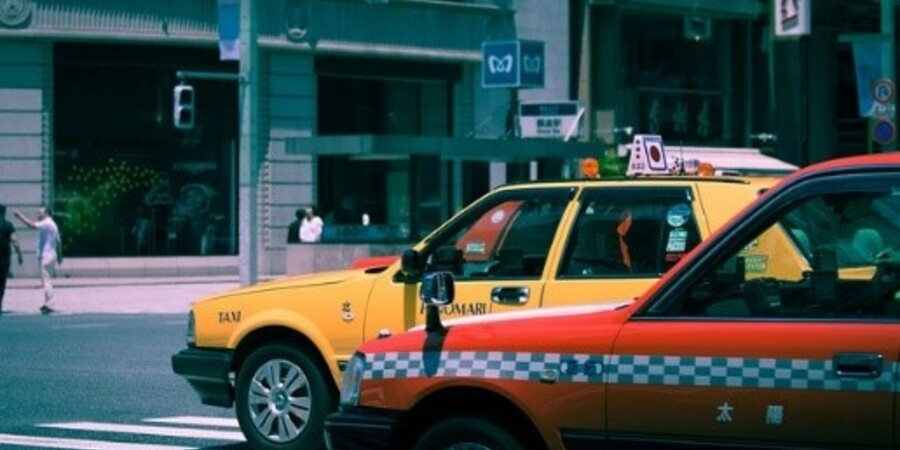
Taxi Fares and Payment Options
Taxi fares in Buenos Aires are regulated by the city government, ensuring transparency. Always check that the meter is turned on before the ride begins. The base fare starts at $657 ARS (approx. USD 0.81), with an additional $67.50 ARS (USD 0.08) for every 200 meters. From 10:00 PM to 6:00 AM, a night surcharge of +20% is added to the standard fare.
For example, a trip from Plaza de Mayo to Recoleta Cemetery (about 4.7 km and 15 minutes) will cost around $1933 ARS (USD 2.39). These affordable rates make taxis a great option for getting around the city.
Do Taxis Accept Credit Cards?
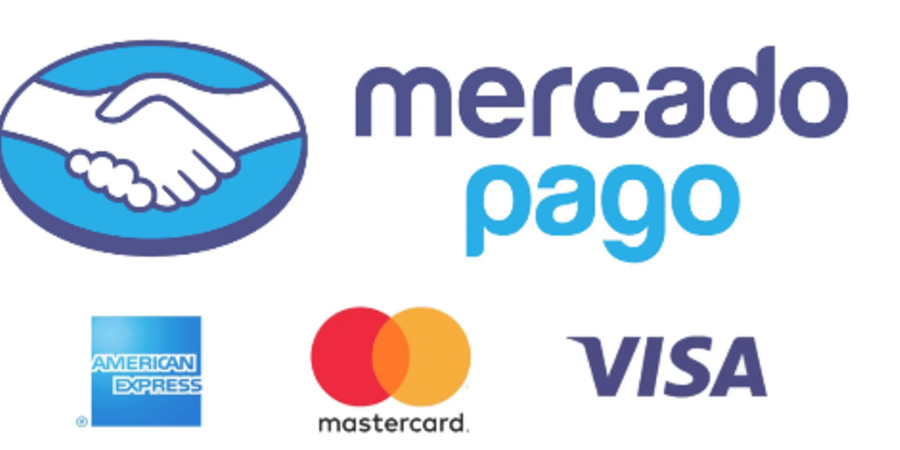
About 46% of taxis in Buenos Aires now accept credit card payments, including Visa, Mastercard, and AMEX. Look for the “MercadoPago” sticker on the taxi window to identify taxis that accept cards. You can also ask the driver, “¿Podemos pagar con tarjeta de crédito?” (Can we pay with a credit card?).
However, it’s safer to carry some cash, preferably in small bills like 100 and 200 peso notes, to avoid potential scams.
Taxis to and from Buenos Aires Airports
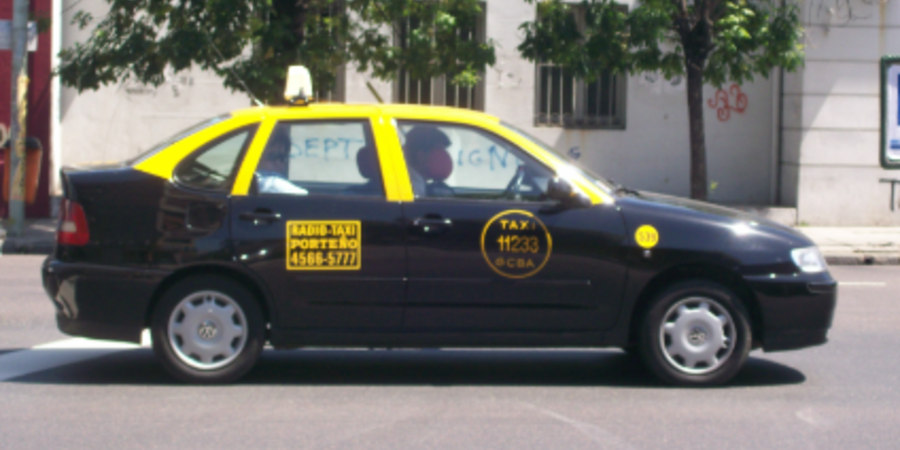
Taking a taxi to or from Buenos Aires airports (Aeroparque or Ezeiza International Airport) is straightforward. For Aeroparque, plan your pickup at least 2.5 hours before your flight departure, and for Ezeiza, allow 4 hours. You can flag down a taxi with a working meter, but it’s recommended to book a service like Radio Taxi or Taxi Premium in advance for a guaranteed ride.
From the Airports to the City
Finding an airport taxi can be tricky, especially with scams like overcharging or fake credentials. To ensure safety and fair pricing, use the official airport taxi booths inside the terminal at Ezeiza. You can also use the QR Taxi System—scan the QR code, enter your details, and receive a fixed-rate price before boarding.
Based on personal experience, airport taxis often have older vehicles, so if comfort is a priority, consider booking a private transfer service.
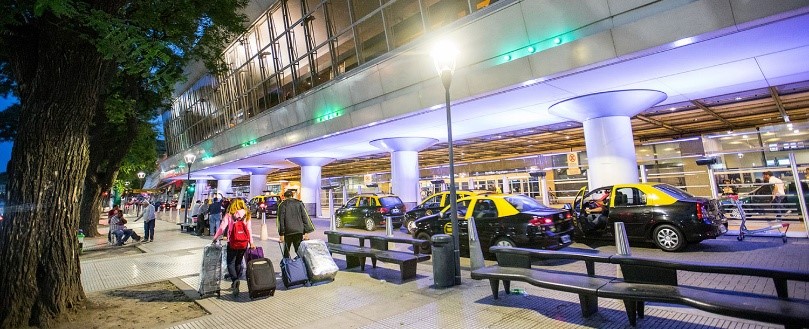
Common Tax Scams and How to Avoid Them
While most taxi drivers are honest, a small number take advantage of tourists. Common scams include rigged meters, counterfeit change, and the “scenic route” trick. To avoid these, always use official taxis, monitor the route with Google Maps, and pay with small bills.
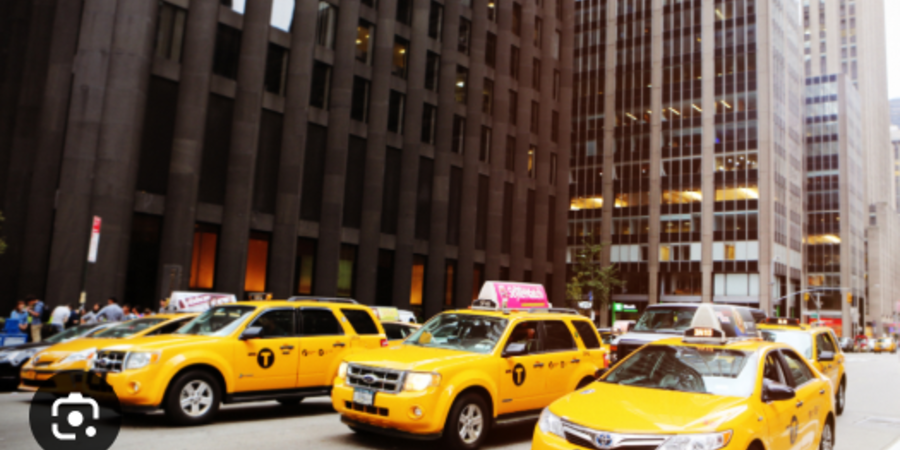
Alternatives to Traditional Taxis
If you’re looking for taxi alternatives, consider a remis—a private car service that operates at a fixed price. These unmarked cars are great for airport transfers or when you want a more private ride. You can book them through hotels or hotel booking apps for a hassle-free experience.
For a modern option, ride-sharing apps like Uber, Cabify, and Easy Taxi operate in Buenos Aires. While their legal status can be uncertain, they offer convenient and affordable transfers. Just be cautious with cash payments and sit in the front seat to avoid disputes.
Final Tips for a Safe Taxi Ride
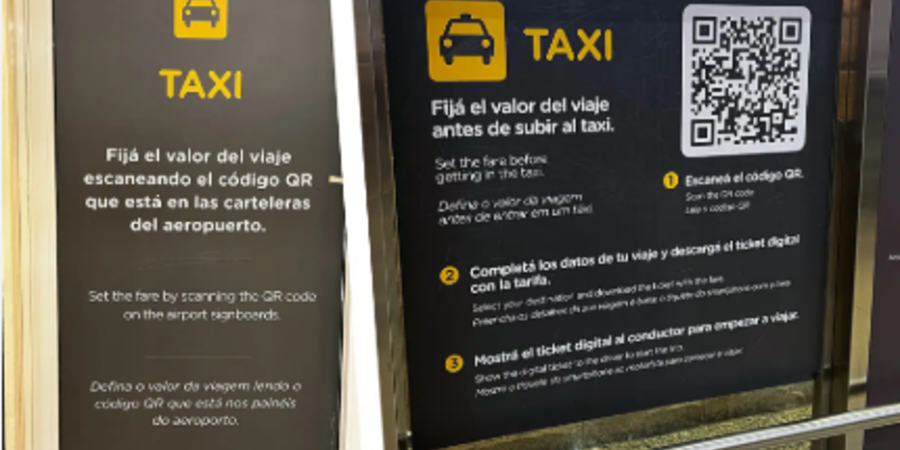
- Always trust your instincts and stay alert.
- Use official booths or the QR system for airport taxis.
- Monitor the route with Google Maps to avoid detours.
Carry small bills to prevent counterfeit scams

No responses yet